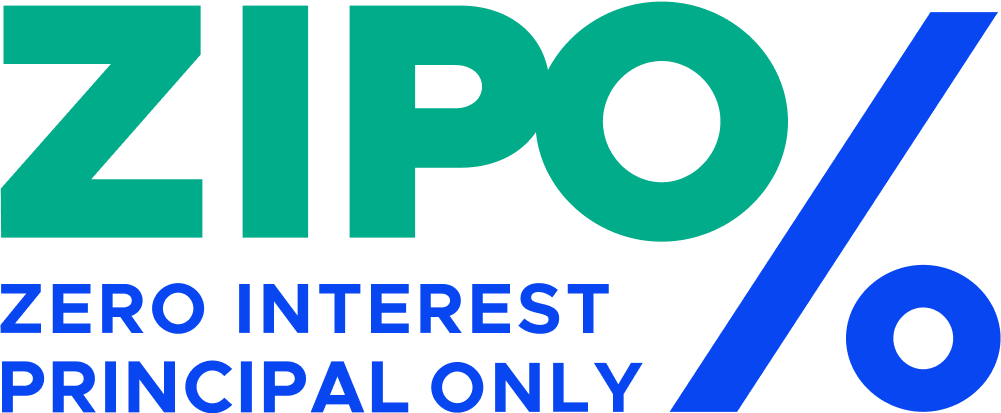NEWS
Private vs Federal Student Loans: What to Know and How to Choose
The skyrocketing cost of a college education means that most people’s savings funds just won’t cut it anymore. While you’ll still want to put as much of your own funds as possible towards tuition and books, it is highly likely that you’ll still need to borrow money to cover the cost of your education. Narrowing down your options between private and federal loans helps you make the best choices for rounding out your college financing funds.
What Kinds of Federal Loans are Available?
People tend to get confused right from the very beginning by the multiple options that are available for federal loans. Knowing the difference between these choices helps to guide your decisions about how to fill out your financial aid application.
Direct Subsidized Loans are offered to students who fall within the guidelines that determine financial need. These loans tend to have the best terms available from federal lenders. For example, the U.S. Department of Education pays the interest on your balance during a period of time when you are attending school on at least a half-time basis. This benefit continues for six months after you leave your educational program, and can be reinstated during any deferment periods.
Direct Unsubsidized Loans are also offered to undergraduate students, but you will not be required to demonstrate financial need. Unlike the subsidized option, you will be expected to pay the interest while you are still attending school.
Direct PLUS Loans are open to graduate students and parents of undergraduate students who still have needs that are not covered by financial aid. Instead of having to prove financial need, you will be required to pass a credit check to determine your worthiness for a loan.
Direct Consolidation Loans are for people who already have other federal loans. With this option, you can combine all of the debt into an account with one servicer. This can help you to get a new fixed interest rate that is based on an average of the ones you have for your current accounts.
Are There Limits on How Much You Can Borrow?
The primary drawback of working with federal lenders is that there are limits that are placed on how much a person can borrow. For instance, undergraduates who apply for direct loans are usually limited to anywhere between $5,500 and $12,500 each calendar year. The amount you receive is based upon factors that include your school and dependency status.
What Are the Benefits of Private Loans?
A private loan can come from credit unions, banks and other financial institutions that offer educational funding. Since the loan isn’t backed by the government, you will face harsher standards for approval. People who are unable to pass a credit check may be required to have a cosigner agree to the terms.
On the upside, borrowers usually have higher borrowing limits. You might consider this option if you still have costs to cover that go over the federal borrowing limits. Some people also prefer private loans for the ability to choose between a variable and fixed interest rate, yet this often doesn’t yield significant savings over the long run.
Private student loans tend to offer fewer protections for borrowers compared to federal ones. Not only do they often carry higher interest rates, but they are also regularly left out of forgiveness plans. For most borrowers, federal loans will be the best choice, and they’ll let you take advantage of any benefits that come along in the future such as the zero interest loans that our organization is working hard to achieve.
